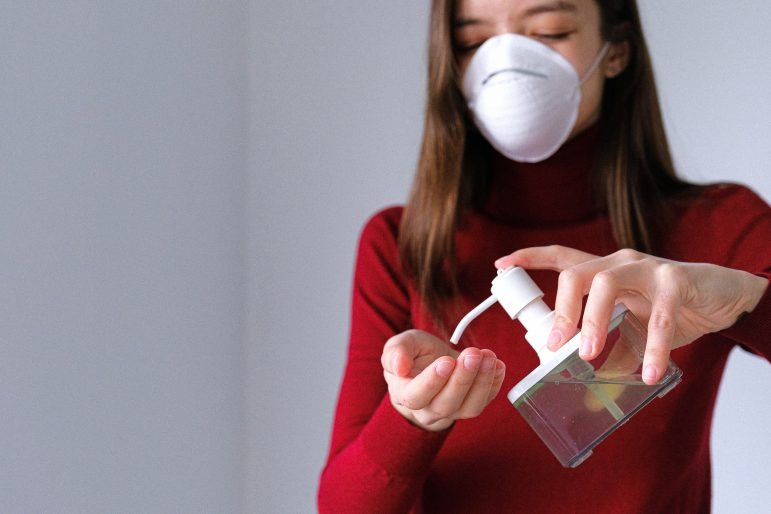Hand sanitizers and disinfectants have become a ubiquitous part of life over the last 12 months. But it seems that increased usage has led to a sharp rise in the threat of disinfectant and sanitizer poisoning.
The American Association of Poison Control Centers (AAPC) has been working with poison control centres across the U.S. to track common exposures to sanitizers and cleaning products including bleach and disinfectants.
National Poison Data System (NPDS) data collected from the 55 U.S. poison control centres show that hand sanitizer, disinfectant, and bleach exposure cases have all risen significantly during the pandemic.
The data collected between January 1 and March 21, 2021 compared exposure cases to the same time period in 2019, and found:
- 7,854 hand sanitizer exposure cases, a 56 per cent increase
- 5,478 disinfectant exposure cases, a 29 per cent increase
- 9,572 bleach exposure cases, an 18 per cent increase.
More than 90 per cent of poisonings happen in people’s homes, but workplaces and facilities can play an important role in disinfectant and sanitizer poisoning prevention.
In Canada, a peer-reviewed study published in the journal Environmental Science & Technology in December found high levels of airborne hydrogen peroxide, a household chemical commonly used in cleaning agents and disinfectants, from washing just a square metre of the floor.
“People who clean frequently are always at higher risk of various respiratory and heart issues because of exposure to cleaning solutions and the fumes from them,” she said. “Now, with cleaning taking place so much more frequently and often without proper safety training … that risk is amplified and something we should be concerned about.”
In May 2020, Health Canada had reported a 58 per cent increase in the number of accidental poisonings compared to before the pandemic. These included poisonings by exposure to bleaches, disinfectants, and hand sanitizers. Bleach was the most common culprit, comprising 38 per cent of calls to poison centres in March.
Meanwhile, in Alberta, there has been a 73-per-cent spike in the number of calls to Alberta’s Poison and Drug Information Service (PADIS) since the start of the pandemic, according to the University of Alberta’s Injury Prevention Centre. Again, hand sanitizers, disinfectants, and household cleaners are largely to blame. In particular, calls due to sanitizer poisoning went up 200 per cent in comparison to the numbers from 2019.
Tips to prevent exposure
When it comes to disinfectants, AAPCC offers the following tips to prevent harmful exposures:
- Read and follow product label instructions before each use
- Do not mix cleaning products
- Practice safe storage habits, keep products up and away
- Call the Poison Help hotline at 1-800-222-1222 immediately if you have questions or suspect a poisoning.
March 21-27 is National Poison Prevention Week, which offers facility managers and business owners alike an opportunity to promote poison prevention in their buildings and community.
For more tips and resources for what individuals and facilities can do during National Poison Prevention Week, visit the U.S. Health Resources & Services Administration website.








